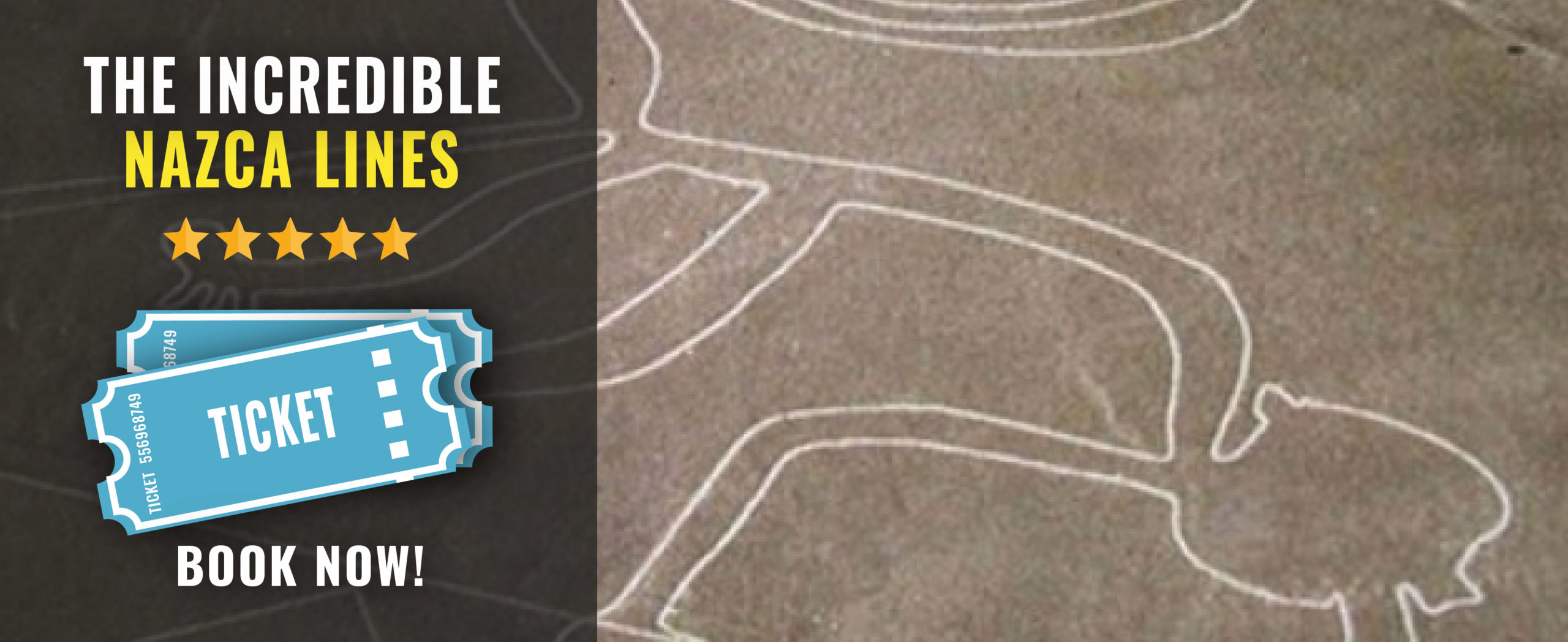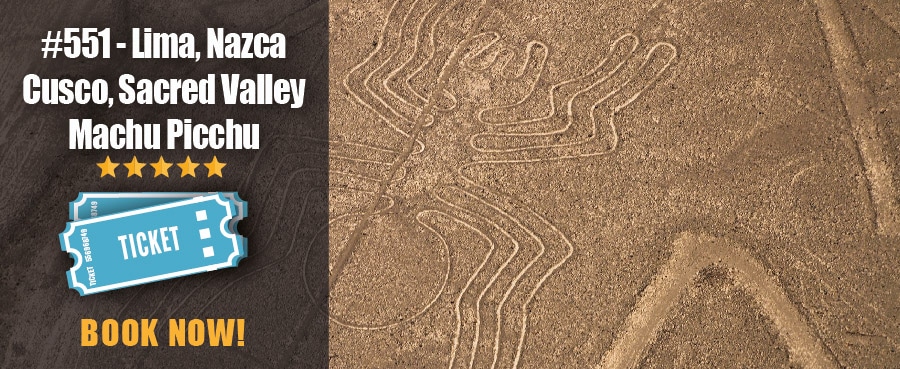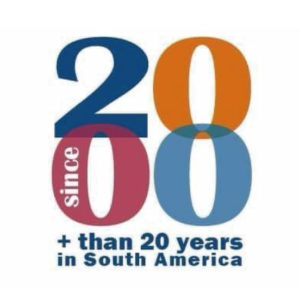The Amazing Nazca Lines in Peru
While Cusco, the Sacred Valley, and Machu Picchu are the top attractions in Peru, the Nazca Lines are another must-see. But what exactly are they?
What are the Nazca Lines?
The Nazca Lines are ancient geoglyphs located in the Nazca Desert, between the towns of Nazca and Palpa in the Ica region of southern Peru.
Created by the Nazca culture, these figures include:
-
Simple lines
-
Complex animal and plant shapes
-
Large geometric patterns
Where Are the Nazca Lines and How Do You Get There?
From Lima, you have two options:
-
By bus: Travel to Ica (4 hours), then take another bus or taxi to Nazca (2 hours).
-
Private car: Drive straight from Lima to Nazca (about 6.5 hours) via the Pan-American Highway.
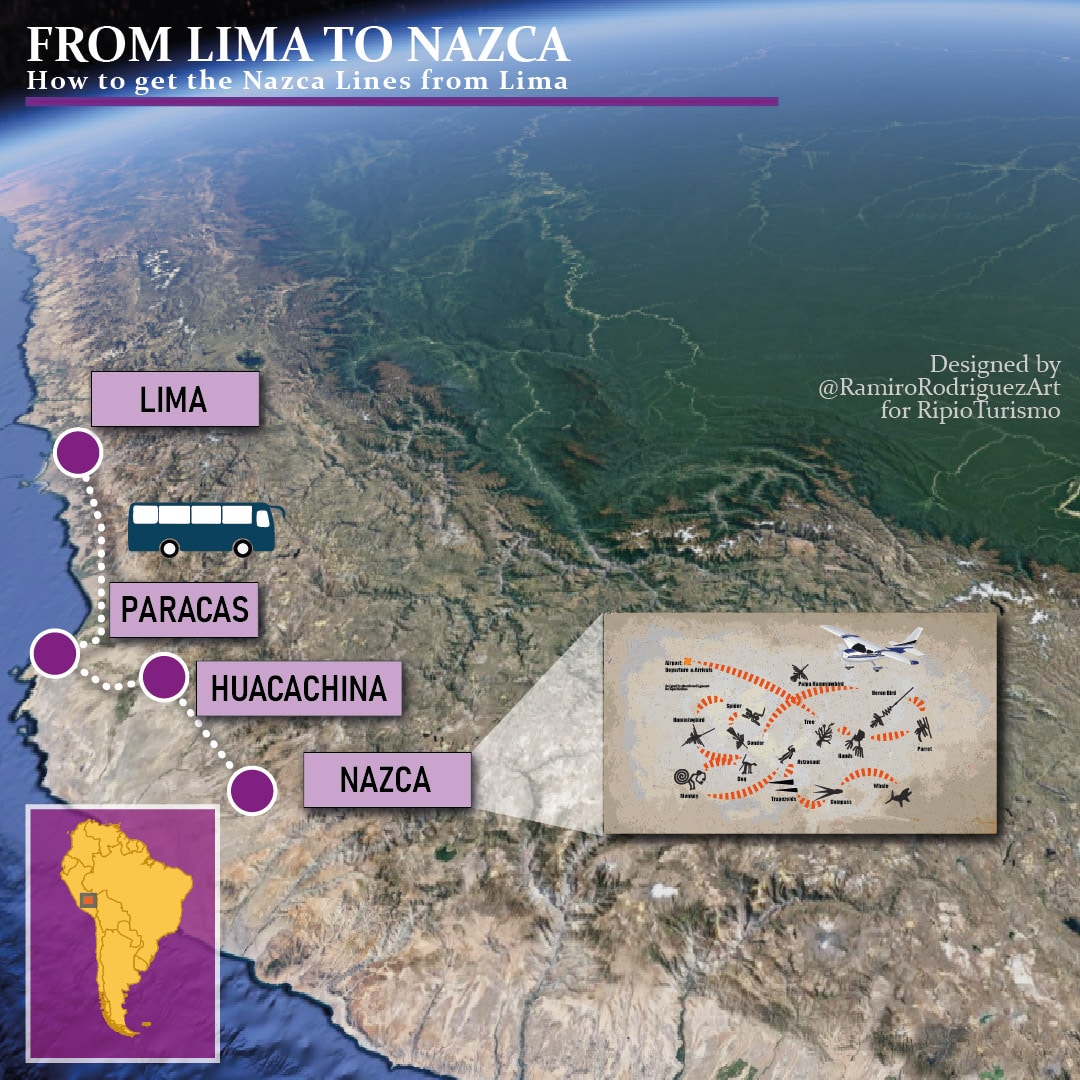
The Nazca Figures
These stunning figures appear as if drawn in a single motion and include over 800 known designs, such as:
-
The Hummingbird
-
The Condor
-
The Monkey
-
The Spider
-
The Pelican
To fully appreciate them, you can:
-
Hike nearby hills
-
Use a 12-meter-high observation tower
-
Take a small plane ride over the desert
German archaeologist Maria Reiche dedicated much of her life to studying and preserving these lines. American anthropologist Paul Kosok suggested they represented an astronomical calendar.
Thanks to the dry climate and protective sand hills, many figures remain remarkably well-preserved even after more than 2,000 years.
How Were the Nazca Lines Created?
-
Made by removing the top layer of reddish stones, revealing lighter ground beneath
-
Some designs outline the edges, others remove rocks from the inside
-
Created between 500 BC and 500 AD
-
Possible influence from Chavin and Paracas cultures
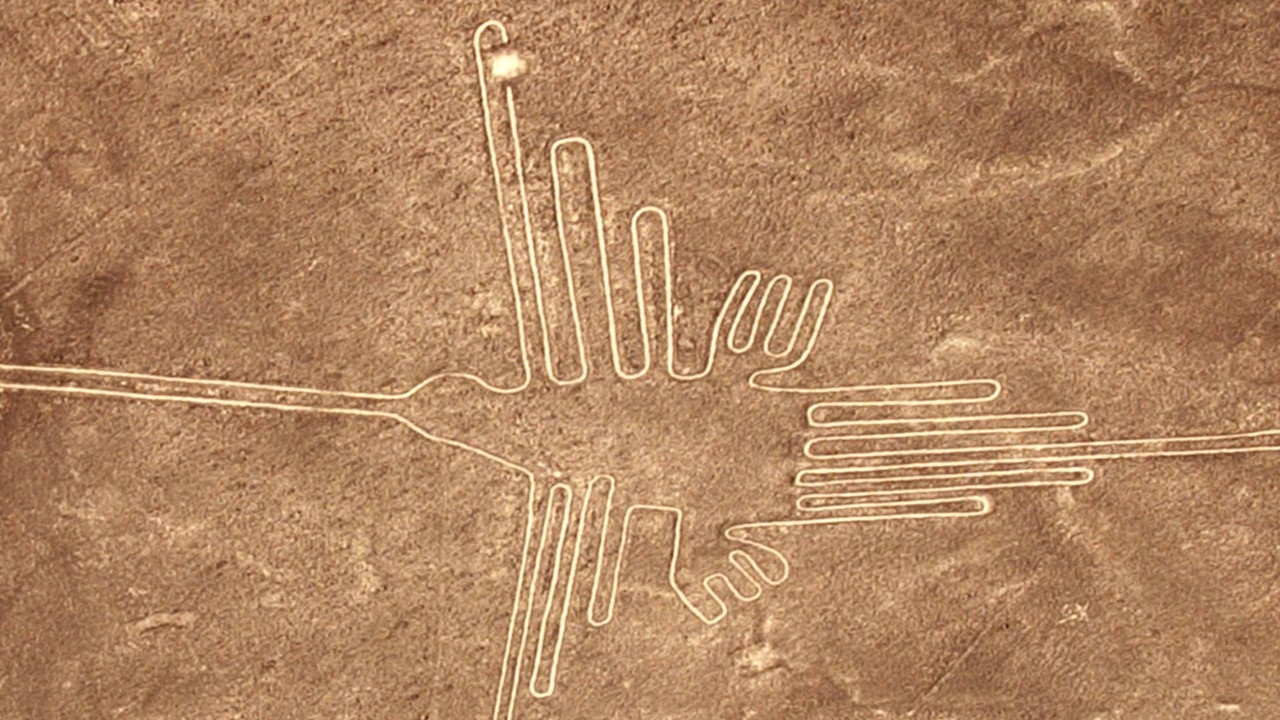
The Purpose Behind the Nazca Lines
The exact reason for these geoglyphs is still unclear, but theories include:
-
Rituals to bring rain, as water was vital in the desert
-
Animal symbols linked to fertility and water
-
Pilgrimage routes used for ceremonial processions
-
Ceremonial pot smashing at line intersections
Despite their remote location, the lines have suffered damage:
-
2009: Rain runoff from a nearby highway caused erosion
-
2014: Greenpeace activists damaged the area during a media stunt
-
2018: A truck driver drove over the lines, leaving deep scars
These events highlight the need for better protection of the site.
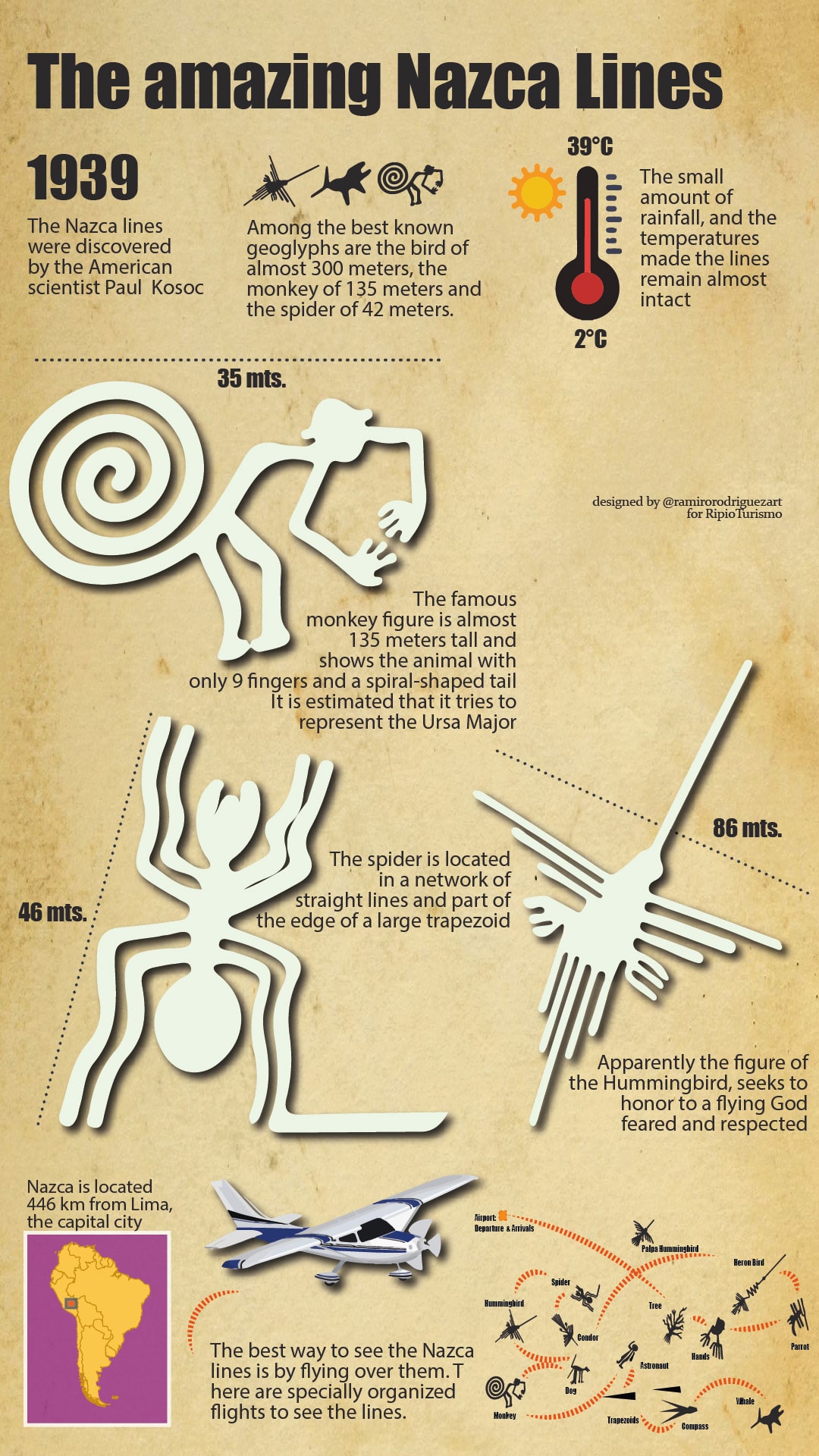
How to Visit the Nazca Lines
Most travelers take a day trip from Lima:
-
Buses from Lima to Nazca take about 7 hours
-
Cost around US$25 with Cruz del Sur (cheaper options available)
Once in Nazca, you can:
-
Climb the observation tower
-
Take a scenic flight (recommended for full experience)
Flight tips:
-
The 20-minute flight involves sharp turns – take anti-nausea medication
-
Avoid large meals before the flight
-
Early morning flights offer smoother air and better views
Book an Excursion
Ready to witness this wonder? Book your Nazca Lines tour today and experience one of the most mysterious sites in Peru!
Tours to Visit the Nazca Lines and Other Amazing Places in Peru
If you’re planning a trip to Peru, don’t miss the chance to explore some of the country’s most incredible destinations, including the famous Nazca Lines.
We offer several travel programs that combine the best highlights of Peru into one unforgettable experience.
One of our favorite options is:
Tour #551 – Lima, Nazca Lines, Cusco, Sacred Valley and Machu Picchu
A 7-night adventure that includes Peru’s most iconic sights—from the capital city to ancient Inca ruins and the mysterious geoglyphs of Nazca.
Other incredible tours to visit Peru
Check some interesting tours to visit Peru




If it’s not what you’re looking for, no problem. We have many other options to enjoy Peru and South America. Check the image below to see the complete list of tours to visit Peru
More amazing tours to visit Peru
Check our complete list of tours to visit Peru!
For more information, just contact us at info@ripioturismo.com
Thank you!


